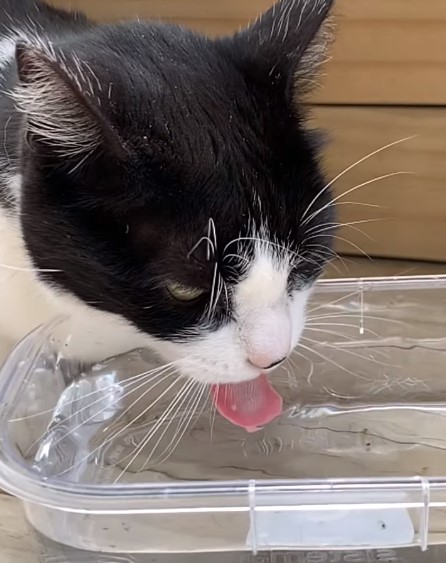When your cat gets lost, you get upset. Losing a loved one is extremely painful. It is better to take necessary actions in advance so as not to be lost, injured, or stolen.
As a responsible pet owner, you want to do everything you can to prevent your cat from getting lost. There are several things you can do to help keep your cat safe and prevent them from getting lost.
7 Ways to Avoid Losing Your Cat
There are several steps for all cat owners. These will help in case your cat does get lost.
1. Setup a Cat Identification
Firstly, ensure your lovely cat has some type of identification such as a microchip, tattoo, or collar with tag. By the by, ask your vet about a microchip if your cat doesn’t already have one.
After all, a collar is a visible way that a cat belongs to someone, but nobody can contact you unless it has an identification tag. Actually, some don’t like to use collars because they think their cat won’t like it. It is easier to teach cats to wear a collar if you start when they are kittens, but adult cats can be taught to accept them.
Some people use tattoos in the right ear as an identification strategy. Anybody can identify the vet clinic that did the tattoo. When the clinic is contacted, it is then easily possible to contact the owner of a cat. However, tattoos can become hard to read.
Additionally, microchips are another form of permanent identification. Generally, they are not visible but can be identified by scanning the animal at a shelter or veterinary clinic. When you find a cat, you must have them scanned for a microchip. Nowadays clinics should have a universal microchip scanner.
Finally, a permanent identification needs to update the microchip registry any time you move house or change the telephone number. Therefore, If there is a central pet registry in your area, you should register your cat and keep the information up to date.
RELATED: How to find a lost cat
2. Habituation of a Signal for Cat
After settling a permanent identification, it is important to teach your cat to return home when called. Firstly, decide what their recall signal will be. It could be their name or it may be better to pick another hint.
Pick a time when it’s quiet, say the recall signal, then give them a food reward which they love. Do it, again and again, to make it habituate.
Need to try it at less quiet times, and slowly increase the distance you are calling from your cat. Remember, every time give your cat a great reward when they come to you.
Apply recall throughout your cat’s life. It’s not just when they are a kitten. Some of you will find you have already trained a recall signal quite by chance.
3. Keep Your Area Secured
Many cats lose after leaving via an open door or garage, however, some escape via a window, broken window screen, some jump from a balcony.
For this reason, keep your property area secure, such as fix any broken, flimsy screens. Alert to make sure that all occupants and visitors know the rules about open doors and windows.
In this age of technology, you can use a wireless pet fence. For this, no need to dig or set the wire in the boundary. It is totally invisible.
4. Have a Photo
Needless to say, make sure you have a photo of your beloved cat that shows clearly what it looks like. If you ever need to make leaflets, you have a photo to use then.
5. Pick a Time for Your Lovely Cat
When you move house and plan to give your cat outdoors access, or when you bring a new cat home to live with you, at first keep them inside for the first 2-3 weeks until they are used to their new home.
Moreover, when they are going to be indoor-outdoor cats, make sure you accompany them on their first visits outdoors.
Honestly, pick a time just before mealtime. In that way, you can know they will come back inside to eat. Don’t let kittens outside until a week after their vaccinations are complete.
Overall, don’t let them outside unsupervised until after they have been neutered because even kittens can have kittens.
6. Take a Carrier for Cat
When you are training your cat to be leash-walked, you might like to take a cat carrier that your cat can go in if they get scared by something.
7. Keep a Cat Bluetooth or GPS Tracker
Attach a unique cat tracker with the collar of your cat. It can be very helpful to prevent losing him.
Conclusion
To summarize, to prevent a cat from getting lost the most important thing is to keep your cat indoors. If you let your cat outdoors, make sure it is in a secure area where it can’t escape.
You should also consider microchipping your cat. This is a permanent form of identification that can help reunite you with your cat if it is ever lost. Finally, make sure your cat always has a collar with your contact information on it.
Dr. John Morris, DVM is a Doctor of Veterinary Medicine who has seven years of experience in feline medicine, dermatology, and behavior. He also enjoys volunteering at a local NGO that supports literacy programs for children and adults. In his free time, he enjoys fostering kittens, traveling, vegan cooking, hiking, and biking. Learn more about Justin here.



